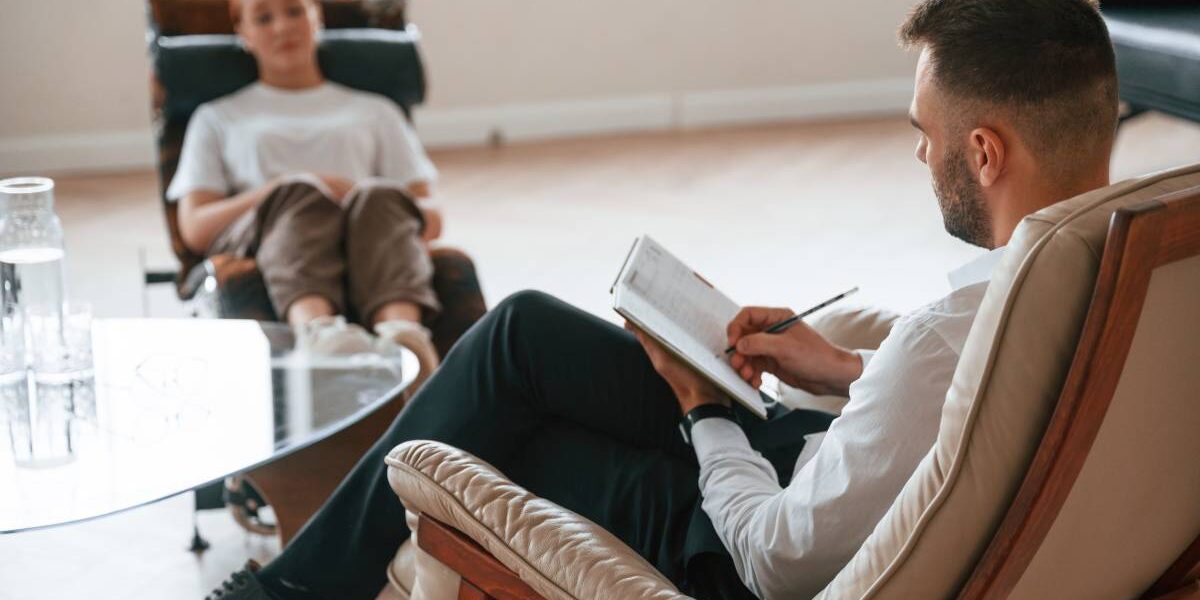Therapy is often seen as a helpful way to improve mental health and cope with life’s challenges. Many people find it life changing, but therapy does not work the same for everyone. Some individuals benefit greatly, while others struggle to see progress.
Understanding why therapy works for some but not all, and why many hesitate to try it, can help set realistic expectations and encourage more people to seek the support they need.
In this article, we explore the key reasons behind therapy’s varying effectiveness and the biggest barriers stopping people from getting help.
Why Does Therapy Work for Some but Not for Everyone?
Therapy can help a lot, but it does not work the same for everyone. There are many reasons why it might not help some people as much. Sometimes the way therapy is done does not match what they need or like.
Other times, problems in life make it hard to focus. Also, if a person is not ready to change or share, therapy may not work well. Knowing this can help you understand what to expect.
1. The Relationship Between Therapist and Client
Therapy depends a lot on how well the client and therapist connect. This is called the “therapeutic alliance.” If the client doesn’t feel understood or safe with their therapist, therapy may not work well.
Sometimes people stop therapy early because they don’t feel comfortable or connected. Finding the right therapist can take time. Everyone is different, and the relationship matters a lot for success.
2. Different Types of Therapy
There are many kinds of therapy. Examples include:
- Cognitive-Behavioral Therapy (CBT)
- Psychodynamic Therapy
- Dialectical Behavior Therapy (DBT)
Each type works in a different way. Some therapies are better for certain problems or personalities. If the therapy style doesn’t match the person’s needs, therapy might not help much or may take longer.
3. Readiness to Change
Therapy needs the person to be willing to try new things and face difficult feelings. If someone is not ready or motivated to change, therapy can feel frustrating or useless.
Sometimes people start therapy because others want them to, like family or court orders. If they aren’t ready inside, therapy might not work well.
4. Severity and Complexity of Problems
Some mental health issues are harder to treat. These might include:
- Multiple diagnoses
- Past trauma
- Chronic conditions
Therapy can help with some relief, but it may not solve everything completely. In some cases, people need extra help like medication or support groups alongside therapy.
5. Life Situation and Support
Therapy works best when a person has support outside sessions. Stressful situations like money problems, family conflicts, ongoing trauma, or challenges related to elderly care can make therapy harder to succeed.
Without help from friends, family, or community, it can feel overwhelming. Having people to talk to and lean on makes it easier to cope and keep making progress.
What Is the Number One Reason People Don’t Go to Therapy?
Even though therapy can help many people feel better and cope with problems, many still avoid it. The main reason is stigma.
This means people feel scared or ashamed to talk about their mental health or ask for help. This fear stops them from getting the support they need.
Stigma Around Mental Health and Therapy
Stigma means negative ideas and judgments about mental illness and therapy. Many people worry others will see them as weak, crazy, or “broken” if they say they need therapy. These fears come from culture, family beliefs, or personal feelings.
Other Reasons People Avoid Therapy
Some people don’t go to therapy because they feel shy or don’t want others to know. They may think they should fix things by themselves. Some don’t trust therapy or are not sure it will help.
Others may worry about the cost, time, or had a bad experience before. Knowing these reasons helps us understand and support them better.
Cost and Access:
Therapy can be expensive. Not everyone has health insurance or can afford good care. This financial barrier keeps many people from seeking help, even when they really need it. Affordable options or support programs are not always easy to find.
Not Knowing How Therapy Works:
Some people don’t understand what therapy is or how it helps. Without clear information, they may feel unsure or skeptical about trying it. Education about therapy can help reduce fear and increase willingness to get help.
Busy Lives:
People may find it hard to find time or the right therapist. Work, family, and other responsibilities often leave little free time for appointments. Flexible scheduling and online therapy options can help make therapy more accessible.
Fear of Opening Up:
Talking about private problems can feel scary and uncomfortable. Many worry about being judged or misunderstood. Building trust with a therapist takes time, but it’s important for effective healing.
How Can We Make Therapy Easier to Use?
To help more people get therapy, we need to:
- Reduce stigma by educating people about mental health.
- Share stories about how therapy helps.
- Treat therapy like normal self-care, just like going to the doctor.
- Make therapy more affordable and easier to access.
When therapy is seen as helpful and normal, more people will feel safe to try it.
Conclusion:
It is not a quick or perfect solution that “fixes” everything. It is a process where people learn about themselves, heal, and make changes.
This process requires effort, patience, and the right support. Many people find it life-changing and helpful. But it doesn’t work the same for everyone. Knowing why it might not help some people can set realistic expectations.
The best results come when:
- You find the right therapist you trust.
- You choose a therapy style that fits your needs.
- You are ready to work on yourself.
- You have support outside therapy.











